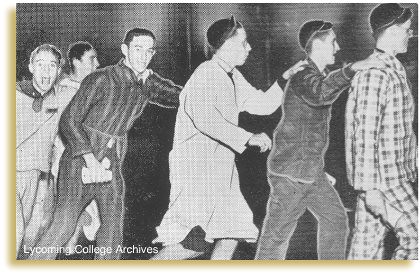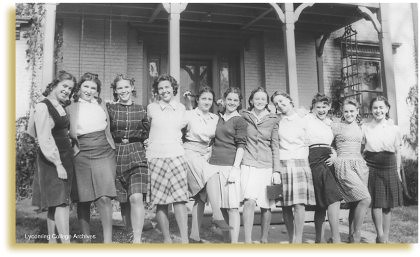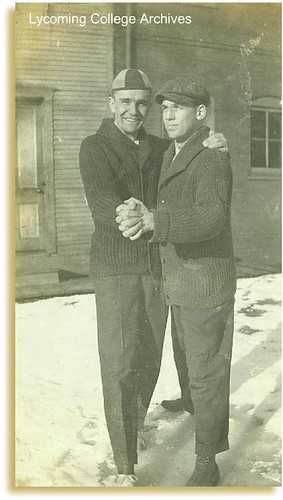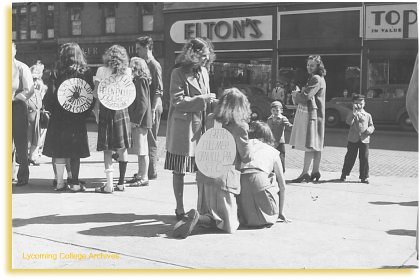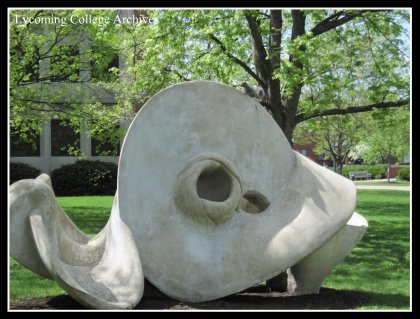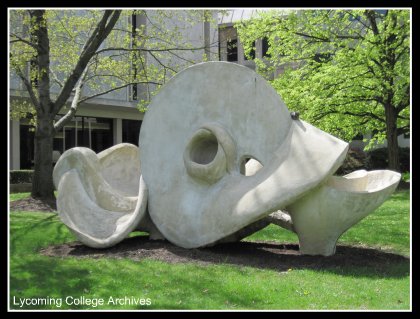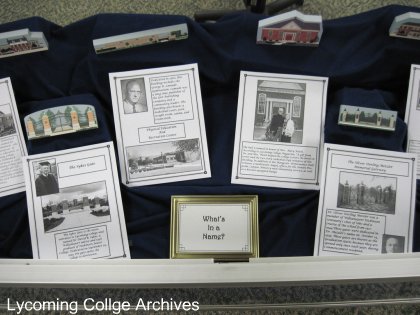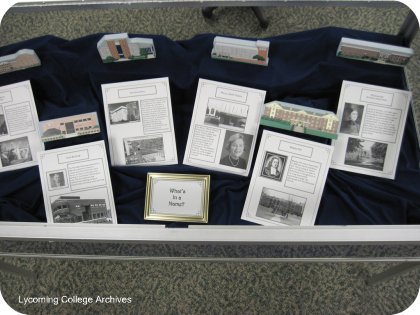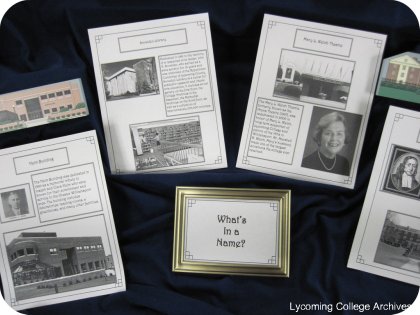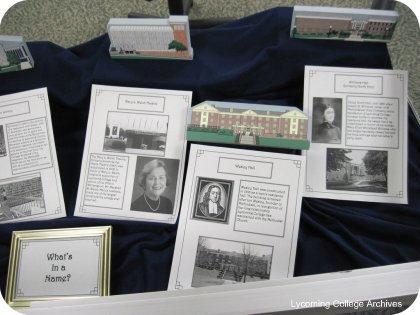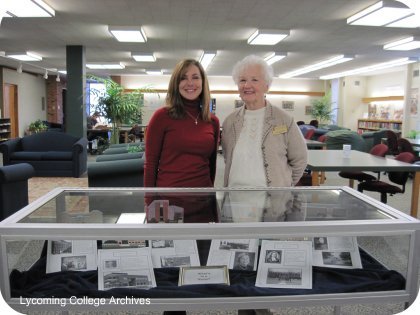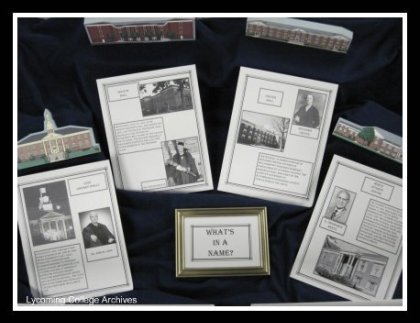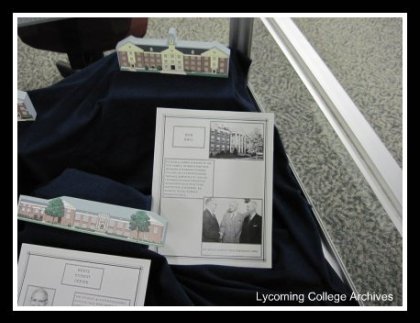A portion of every incoming college freshman’s education is spent on learning the meaning of the word, “upperclassman.” At least this was how campus life was according to an article from November 1938 published in the student newspaper, the Dickinson Union.
During this time on campus, the frosh were identifiable by their strict adherence to the rules set down by the governing sophomore tribunal. Over the years, “freshmen rules” curriculum consisted of not being allowed to speak with members of the opposite sex, outlandish attire ranging from black ties to green hair ribbons, as well as the name signs found dangling around their necks. Freshman males could be seen wearing make-up and fingernail polish, while the females were caught with different color stockings and shoes, pigtails in their hair, and clothing worn backward.
Although these telltale signs seemed designed to alienate the campus’s newest additions they provided a sense of camaraderie according to an editorial in a later edition of the Dickinson Union. Freshmen not only had a chance to become acquainted with each other, but these traditions gave them a sense of belonging and by following the “rules” there was a unique show of college spirit. An added bonus, according to Dr. J. Milton Skeath, was that: “It can be a lot of good fun. And good fun always promotes mental health.”



